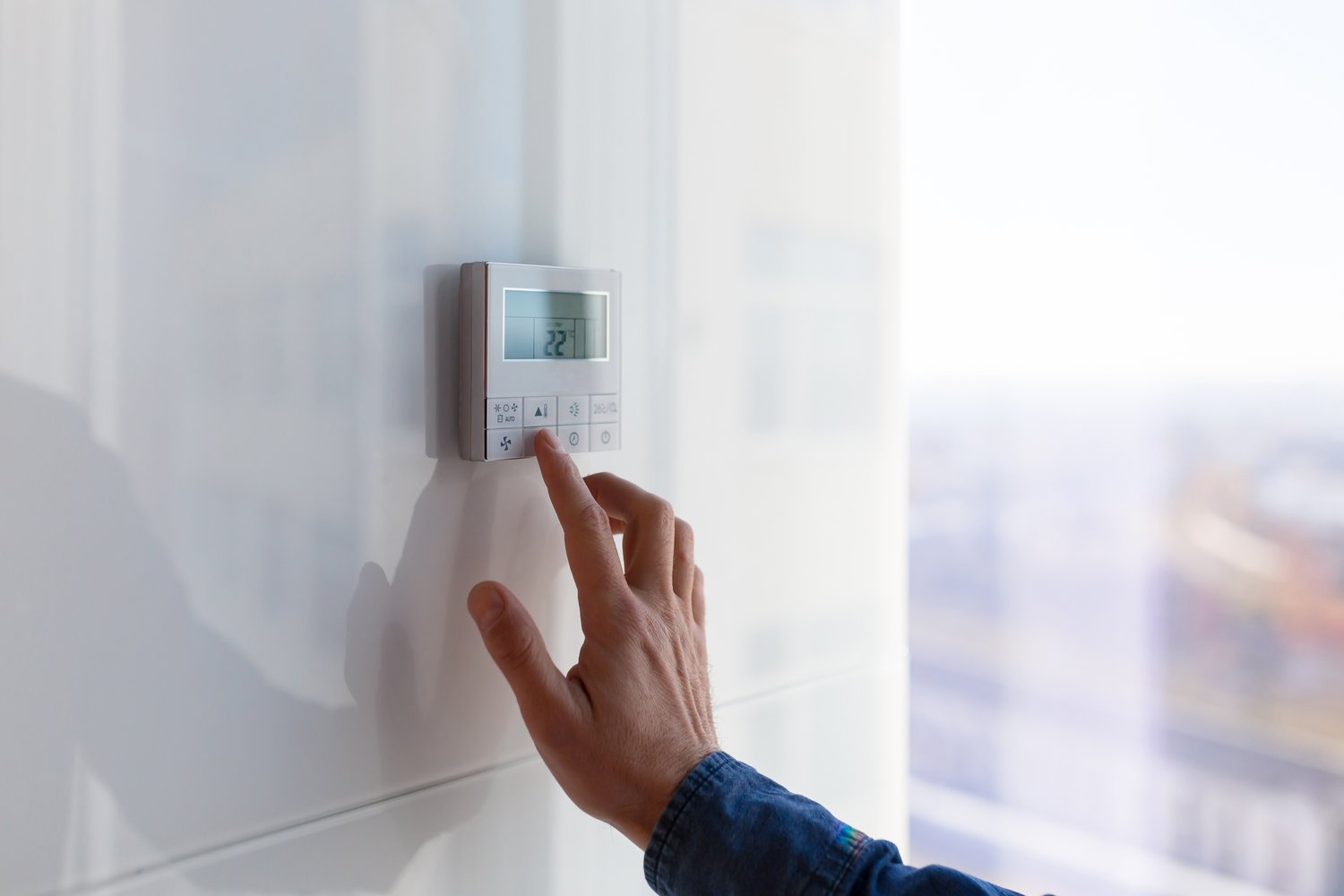Your home’s HVAC system is the unsung hero of comfort, working tirelessly behind the scenes to keep your living space cozy in winter and cool in summer. For many homeowners, understanding how does my heating system work or the basics of air conditioning can seem intimidating. This guide will walk you through the fundamental components and functions of residential HVAC systems, explore common types including furnaces and heat pumps, and provide insights into maintaining these essential systems for optimal performance and efficiency.
What is an HVAC System?
HVAC stands for Heating, Ventilation, and Air Conditioning. This integrated system controls your home’s temperature, humidity, and air quality year-round. Understanding HVAC basics for homeowners starts with recognizing that these systems have two primary functions: heating during cold weather and cooling during warm weather. The ventilation component ensures proper air circulation and filtration, removing pollutants, moisture, and odors from your indoor environment. Modern HVAC systems are designed to maintain comfort while operating efficiently to minimize energy consumption, which helps reduce utility bills and environmental impact.
Common Types of HVAC Systems
When exploring types of HVAC systems for your home, you’ll encounter several options, each with distinct advantages. Conventional split systems are most common, featuring an outdoor unit housing the condenser and compressor alongside an indoor unit containing the evaporator coil and blower. Packaged systems combine all components in a single outdoor unit, making them ideal for homes with limited indoor space.
For heating specifically, furnaces remain the most prevalent option in colder climates. These systems generate heat by burning fuel (typically natural gas, oil, or propane) or using electricity, then distribute warm air throughout your home via ductwork. Heat pumps offer an energy-efficient alternative that can both heat and cool by transferring heat between indoor and outdoor air. In mild climates, they’re particularly effective for maintaining comfortable temperatures year-round with less energy consumption than conventional systems.
Understanding Air Conditioning Components
Understanding air conditioning starts with knowing its key components. The outdoor condensing unit contains the compressor, condenser coil, and a fan. The compressor pumps refrigerant through the system, while the condenser dissipates heat collected from your home to the outside air. Indoors, the evaporator coil absorbs heat from your home’s air as it passes over the cold coil. The blower fan circulates air through the ductwork and across the evaporator coil.
Refrigerant is the crucial substance that enables the heat transfer process. It changes from gas to liquid and back again as it circulates through the system, carrying heat from inside your home to the outside. Thermostats serve as the control center, allowing you to set desired temperatures and program schedules based on your comfort needs and energy-saving goals. Many modern thermostats offer smart features that learn your preferences and optimize operation accordingly.
Furnace Components Explained
When examining how your heating system works, furnace components explained simply include several key elements working in concert. The heat exchanger is the heart of your furnace, transferring heat from the combustion process to the air that circulates through your home. The burner combines fuel with air and ignites it to generate heat. The blower motor powers a fan that pushes heated air through your ductwork and into living spaces.
Safety components are equally important in furnace design. Limit switches prevent overheating by shutting down the system if temperatures exceed safe levels. Flame sensors confirm proper ignition and shut off gas flow if no flame is detected, preventing dangerous gas buildup. The flue or vent pipe safely channels combustion byproducts, including carbon monoxide, out of your home. Understanding these components helps you recognize potential issues and communicate effectively with service professionals.
Maintenance and Efficiency Tips
Regular maintenance is essential for keeping your HVAC system running efficiently. Replace air filters every 1-3 months to ensure proper airflow and reduce strain on the system. Schedule professional inspections at least annually—ideally before peak heating and cooling seasons. Technicians from service providers like AskHomey can identify potential problems before they become costly repairs and ensure all components are operating at peak efficiency.
Keep outdoor units clear of debris, plants, and obstructions that could impede airflow. Seal ductwork to prevent conditioned air from escaping into unused spaces like attics or crawl spaces. Consider upgrading to a programmable or smart thermostat to optimize temperature settings based on your schedule and preferences. Even minor adjustments like setting temperatures a few degrees higher in summer and lower in winter can yield significant energy savings without sacrificing comfort.
For more tips and to connect with reliable home service professionals, follow AskHomey on Facebook and Instagram.



